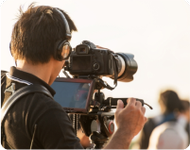
High above the sky and flying throughout the world
The world’s biggest cities and landmarks seen from up above, mountaintops standing clear over the clouds, and rushing waterfalls flowing over cliffs to the Earth down below. Aerial footage and drone videos are some of the most stunning visuals of any stock video library. Take your audience and your videos to new heights with the best aerial footage captured by helicopters, planes, drones, skydivers and more.
About drone and aerial videos
Best-selling drone and aerial footage
Questions about aerial video clips
Aerial footage video clips are captured from aircraft, most commonly shot by helicopters or drones. Commonly, these shots are captured from angles and perspectives that would be impossible to film from the ground. This includes aerial footage of islands and coasts high above the water, to cameras shooting straight down to capture rooftops and the superstructures atop skyscrapers. Aerial cinematography offers very high production value, often associated with the fact that costs to shoot in the sky usually require a sizable investment to capture the best footage, and oftentimes additional permits and licenses.
The most affordable way to shoot aerial footage is by a consumer to professional level drone. Most professional drones offer the ability to film stabilized footage in 4K resolution. Aerial footage can also be filmed by balloons, RC planes, skydivers, helicopters, and blimps. The most common way to film aerials before there were drones was via helicopter, with either a filmmaker inside filming from the cabin, or from cameras on stabilizers attached to the nose of the aircraft. Helicopter is still the preferred route for most major filmmaking companies as it allows for the most control and longer times in the air. As drone regulations tighten, it has become more difficult to fly drones in largely populated areas, and helicopters remove this obstacle since pilots have direct contact with the FAA and permits to fly in nearly any location.
Quality aerial video clips are shot with camera stabilizers in a high resolution. Shots in 4K and HD that may still show elements of wind shake or unwanted movement can still be better stabilized in post-production. Eye-catching aerials often limit the amount of movement, usually slowly in one direction for a more cinematic approach. With the advancements in technology with drones, more rapid pace and once impossible to capture shots are not being filmed on small aerial devices. Shooting with the proper exposure is crucial to avoid blown out elements in the sky or on the ground.
There are many ways to make drone footage look more cinematic, either when the footage is captured or after in post-production. When shooting on a drone, film during the right time of day, whether golden hour or afternoons on overcast days. Make sure the sun isn’t too harsh and over exposing footage. Using ND filters will help manage and limit the natural light. Keep motion limited, as slow moving shots are not only more stable, they can be sped up in post if needed. In post production, you can color grade aerial footage for a more cinematic look, add motion blur to drone footage, digital zooms or camera movements, and additional stabilization.
Shutterstock has one of the largest video libraries in the world, with thousands of clips captured by contributors on drones and aerials captured by professional filmmakers in helicopters. Footage is highly vetted through an approval system, making sure that the best aerial footage is available in the Shutterstock library. Whether you need an establishing shot for a specific location, or captivating visuals for a commercial campaign, you can find millions of clips in the Shutterstock footage library.
Browse stunning aerial video clips
Popular aerial footage searches
Video assets to use with aerial footage
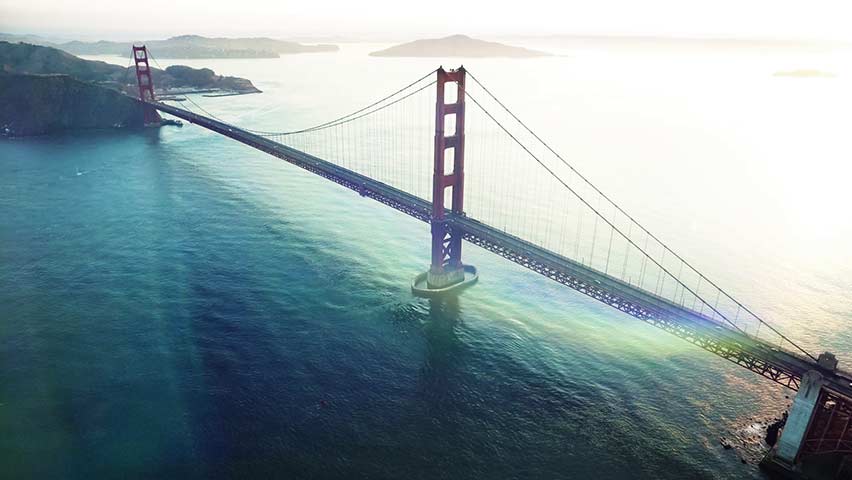
Lens flares
8 Video Elements libraries
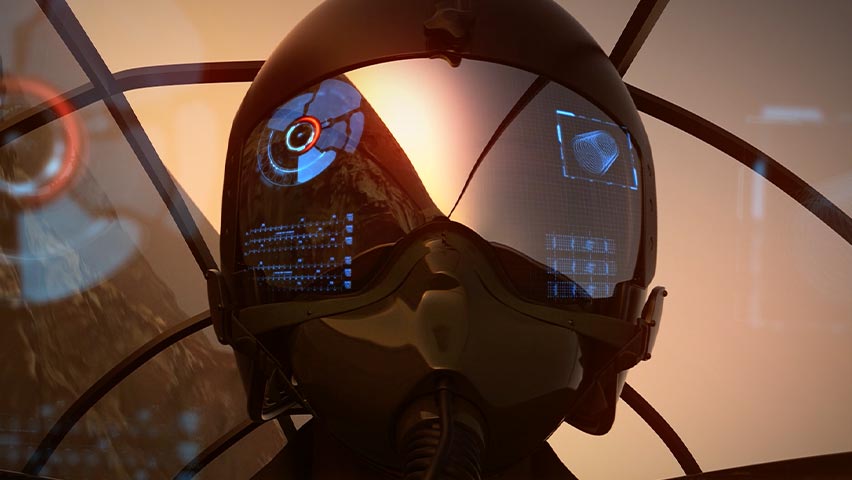
Pilot
390+ Futuristic HUD VFX
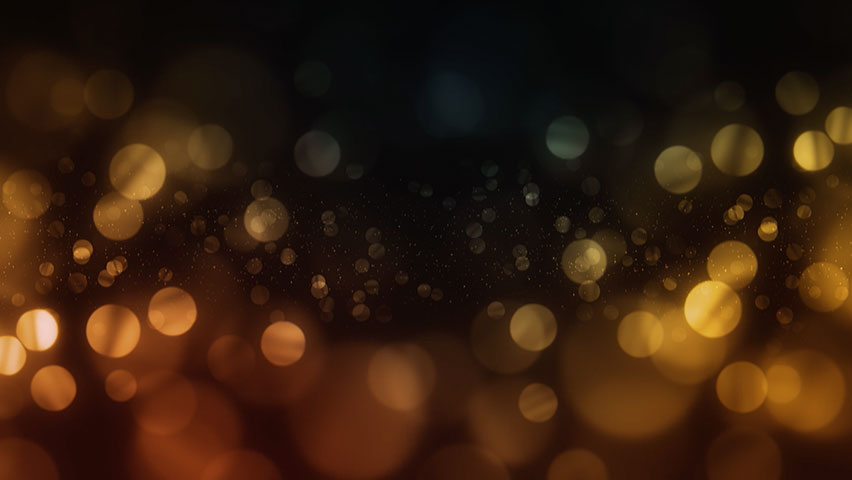
Video kits
9 Video Elements libraries
Using drone videos as establishing shots
Opening shots or transitions between locations often turn to the use of aerial footage to help an audience move from one location to another.
Aerials quickly help establish locations by providing a wide shot of an area, showing off a vast bustling downtown or the quiet escape of an oasis or beach.
These aerials are often paired with another shot further establishing a location, like a coffee shop in a big city, or a nice resort with footage of a beach. Shutterstock establishing shot aerials have been used in countless projects, from major motion pictures to international commercial campaigns.
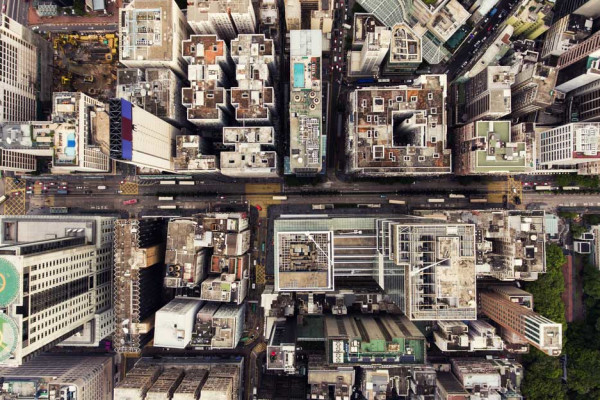
*Offer valid in 2022. One use per customer. Cannot be combined with other offers. Cannot be used for Enhanced license or Custom Sales products. If you subscribe to the annual or monthly plan, applies to the first payment only.
आमच्याकडे 30 नोव्हेंबर 2023 पर्यंत Shutterstock.com वर 475,000,000 पेक्षा जास्त मालमत्ता आहेत.

